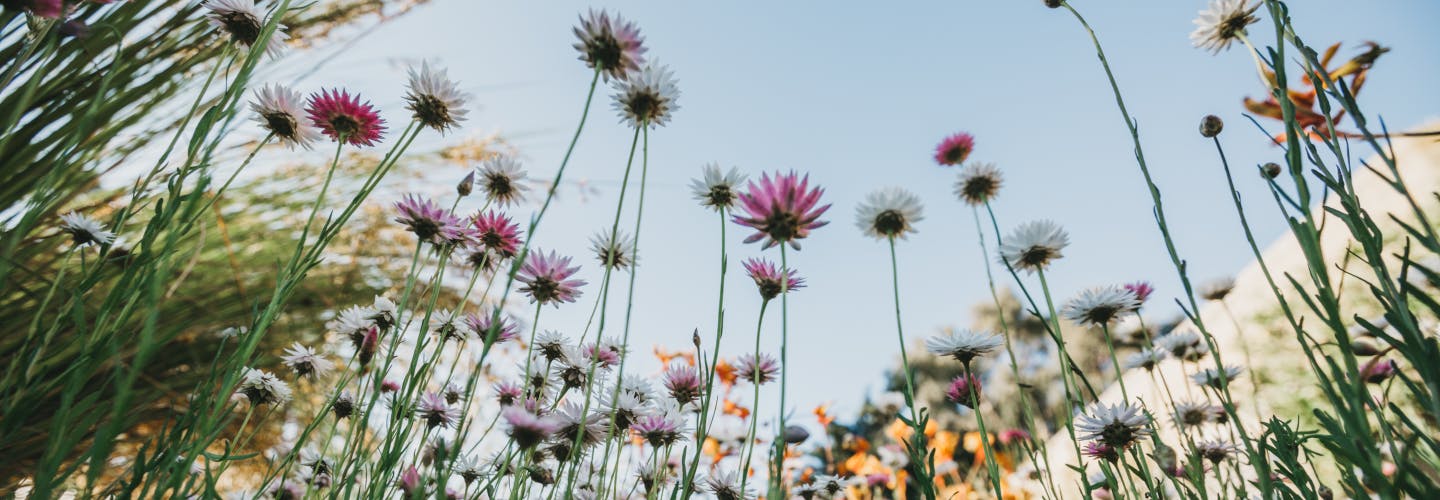FAQs
What is urban greening/green infrastructure?
Urban greening, also known as green infrastructure, refers to the city's network of natural, designed or cultivated vegetated spaces located on both public and private land. This ranges from large scale parklands and the urban forest, down to small scale interventions such as green walls, planted balconies or private courtyards.

Why is urban greening important?
Urban greening delivers a range of social, environmental and economic benefits to the community including improved physical health and mental wellbeing, climate change adaptation, improved water management, enhanced biodiversity, a stronger economy and a stronger sense of place.


What is water sensitive urban design (WSUD)?
WSUD is a contemporary approach to the planning and design of urban environments that promotes the efficient use of a diverse range of water resources, protects the health of waterways and wetlands, mitigates flood risk and creates public spaces that collect, clean and recycle water.
WSUD is an important consideration for the Urban Greening Strategy as plants need water to survive and thrive and many of the community benefits of green infrastructure also depend on sufficient water.
What is the Urban Greening Strategy?
The Urban Greening Strategy sets out the City’s high-level aspirations for urban greening with a focus on maximising its contribution to Perth’s on-going development as a highly liveable, prosperous and sustainable city.
Why do we need an Urban Greening Strategy?
Urban greening delivers multiple community benefits and there is growing acknowledgement of the need to protect and expand green infrastructure by including urban greening in City strategies, policy and development outcomes.
The Urban Greening Strategy sets out:
• our urban greening commitment
• key moves; and
• supporting initiatives
to increase the level of urban greening on both public and private land across the city.
The Strategy also provides a framework for the development of operational plans that will guide more detailed planning and design for key components of the city's green infrastructure, shown in the figure below.

What is our commitment to urban greening?
By 2036 Perth city will be a greener, cooler, and more resilient place that is welcoming and vibrant.
Our rich natural heritage will be acknowledged and cared for, and our status as a capital city within a recognised global biodiversity hot spot will be celebrated – strengthening our identity and sense of place. Ribbons of native greening will weave across the city from Kings Park, showcasing our unique floral heritage and creating a perception of a city within a park.
Our streets will be green threads that pull an expanded network of spaces together, providing cool oases for city dwellers to catch their breath and escape the hustle and bustle of city life in an increasingly dense city.
City buildings will be covered with a mosaic of green roofs, living facades, planted balconies and courtyards that provide small ecological stepping stones for wildlife and green views and spaces for residents to enjoy.
Our parks and gardens will provide contemporary landscapes for gathering, playing and celebrating - welcoming a new generation of city dwellers.
Our community will be engaged and aware; actively contributing to the bigger greening picture and creating a green legacy for future generations. A diverse program of community greening initiatives will involve and educate the community, and encourage knowledge sharing. Communication on key milestones will keep our community informed of the progress being made on our greening journey.
We will have completed our transition to a water sensitive city and our green infrastructure network will provide a bulwark against the impacts of climate change on city livability, cooling and calming the city and protecting it from flooding. Native planting will support the development of biodiversity corridors to create a refuge for our unique wildlife and bring more nature into the city.
The Urban Greening Strategy sets out a range of initiatives aimed at integrating our approach to land use planning and the design of our existing streets, open spaces and other city infrastructure to maximise greening outcomes and deliver on this commitment.
What are the six key moves?

Details on supporting initiatives for each of the key moves are provided in the Urban Greening Strategy.
What is the City's role in urban greening?
Some of the urban greening initiatives will be delivered directly by the City. Others will require collaboration with key external stakeholders and agencies to achieve better urban greening outcomes on land that is outside the City's ownership or management.

